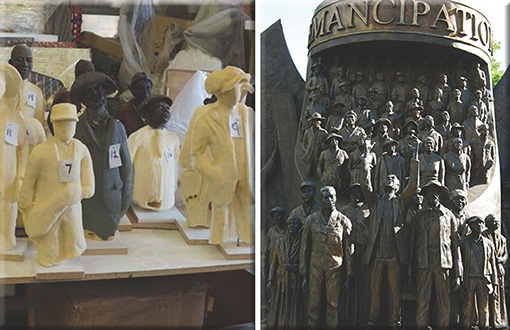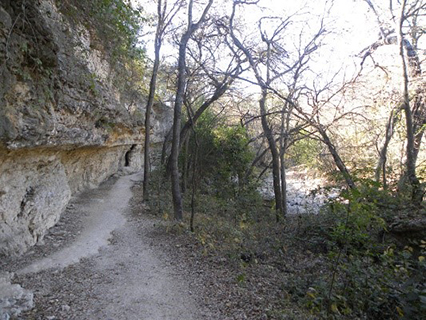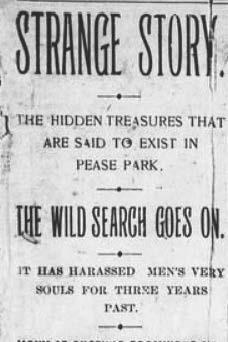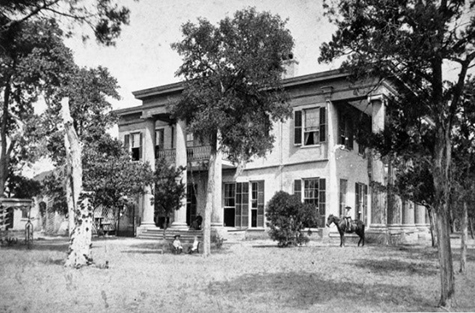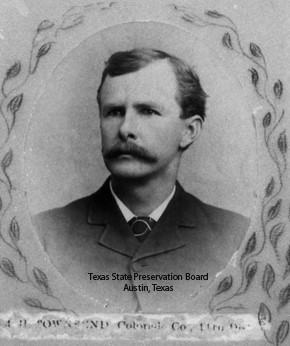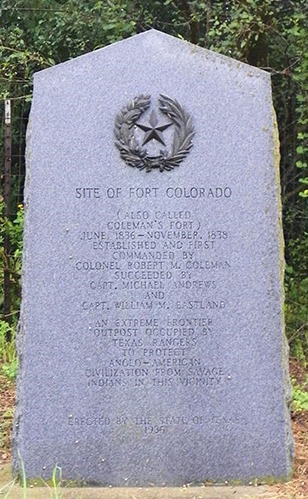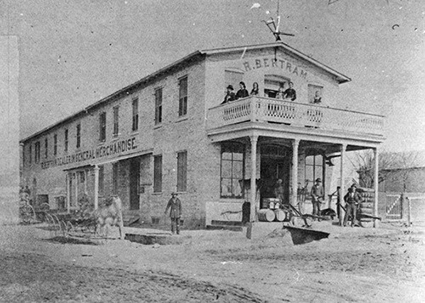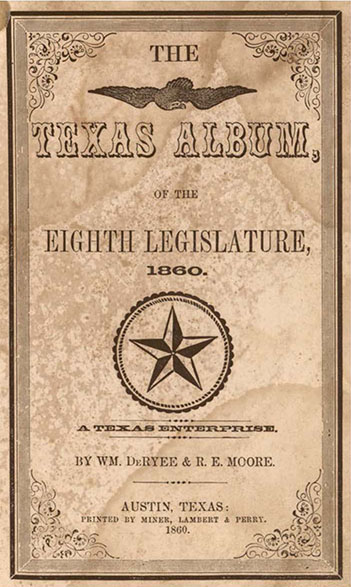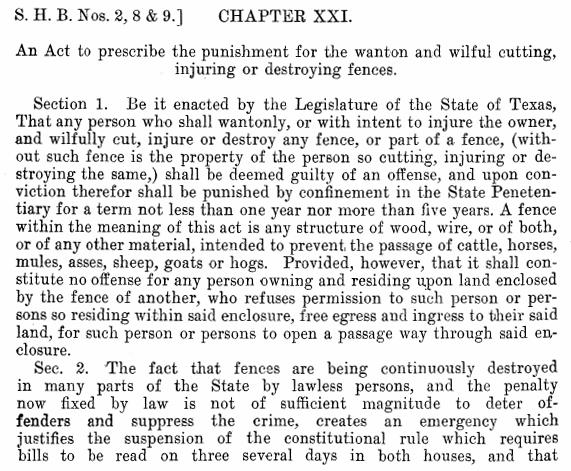Leading up to Halloween each year, we gather stories of supernatural and strange happenings in the Lone Star State. Below you'll find tales of hauntings by a madam, a governor, star-crossed lovers, outlaws, pirates, and soldiers. You can find these and more stories on our Capitol Spirits Pinterest board.
From the Legislative Reference Library, we hope you have a fun and safe Halloween!!
Blanche DuMont
Austin's warehouse district serves up a front-row seat to lively entertainment, much as the area did in the late 1800s as the epicenter of Austin's red light district (Guy Town). Blanche DuMont, a well-known madam, owned a building at 211 W. 4th. Perhaps Blanche had so much fun, she didn't want to leave. She frequents the dance floor at Oilcan Harry's, the bar currently occupying her old address, and she's thought to be the presence down the street at her namesake bar, DuMont's Down Low.
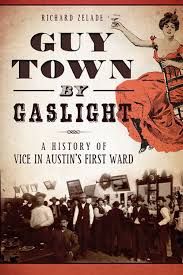
Governor Pendleton Murrah
Governor Pendleton Murrah had a difficult life. Inaugurated in November 1863 in the midst of the Civil War, he faced this arduous situation while battling tuberculosis and handling the suicide of a young visitor to the Governor's Mansion. When the war ended, he fled to Mexico with Confederate troops, dying shortly after arrival. With so many trials and tribulations, perhaps his ghost, who is seen inside and outside the Governor's Mansion, is in search of a resolution to his misfortunes.

Waco's Cameron Park
Looking for a target-rich environment to do a little ghost hunting? You could not do better than Waco's Cameron Park. Look for the outlaws of Lindsey Hollow and the star-crossed lovers at the top of Lover's Leap. Partake of the haunting atmosphere of the Witch's Castle, Jacob's Ladder, and the Motorcycle Pits. Your roadmap is at "The Haunting of Cameron Park," by Terri Jo Ryan.

John Wilkes Booth's Trip to Granbury
John St. Helen was well-known in Granbury in the 1870s as a bartender in town who occasionally acted in productions at the Granbury Opera House. Is his ghost the man seen in the lobby wearing a white shirt, black pants, and tall boots, or the presence who folds down a seat in the balcony? And was John St. Helen really President Lincoln's assassin, John Wilkes Booth? Recent research indicates this might not be such a far-fetched idea. [Photo by Kairos14; CC BY-SA 3.0; Wikipedia Commons]
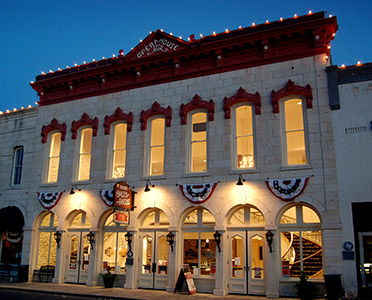
Jean Lafitte's Treasure
Jean Laffite, the infamous pirate, plundered ships in the Gulf of Mexico and many think he left some of his treasure along the Texas coast. Did he bury $2 million in silver bars in the Sabine River? Native American legend speaks of his ghostly pirate band retrieving chests from a sunken vessel. Perhaps they did not get it all, but seek at your peril. Later treasure hunters report demons guard the stash.
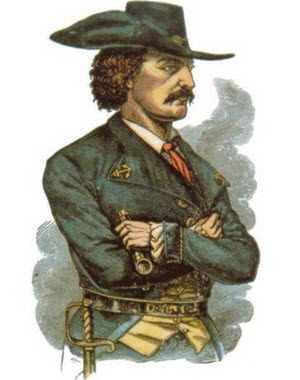
The Confederate Soldier of Thompson's Island Bridge
What was it like for young Confederate soldiers to go off to war? Two young brothers growing up near San Marcos faced the unknown by promising each other they would return to their home when the fighting was finished—no matter what. One brother lived to return home, but the other died in the war. Perhaps the slain brother kept his promise to his sibling. Late at night you might see him on San Marcos' Thompson Island Bridge—waiting for his brother or reminding you of the evils and costs of war.
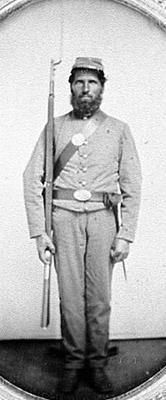
Cover image by Daniel Mingus

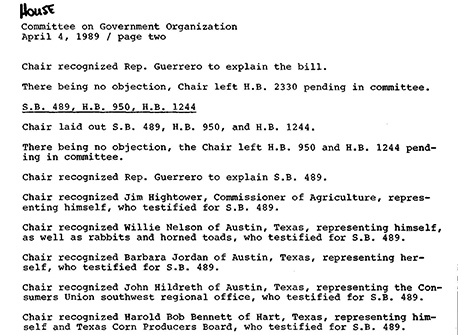







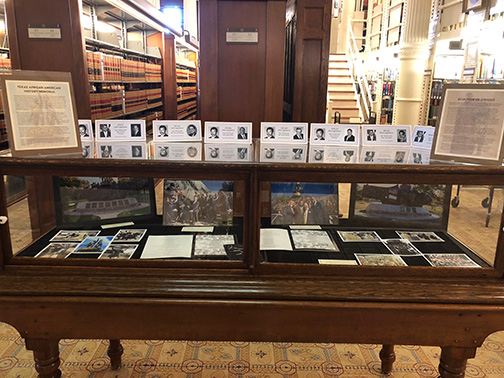 Entering the Capitol grounds from the south, one of the first monuments visitors see is the Texas African American History Memorial. Unveiled on November 19, 2016, the monument commemorates African American Texans and their contributions to the history and evolution of the Lone Star State.
Entering the Capitol grounds from the south, one of the first monuments visitors see is the Texas African American History Memorial. Unveiled on November 19, 2016, the monument commemorates African American Texans and their contributions to the history and evolution of the Lone Star State. 